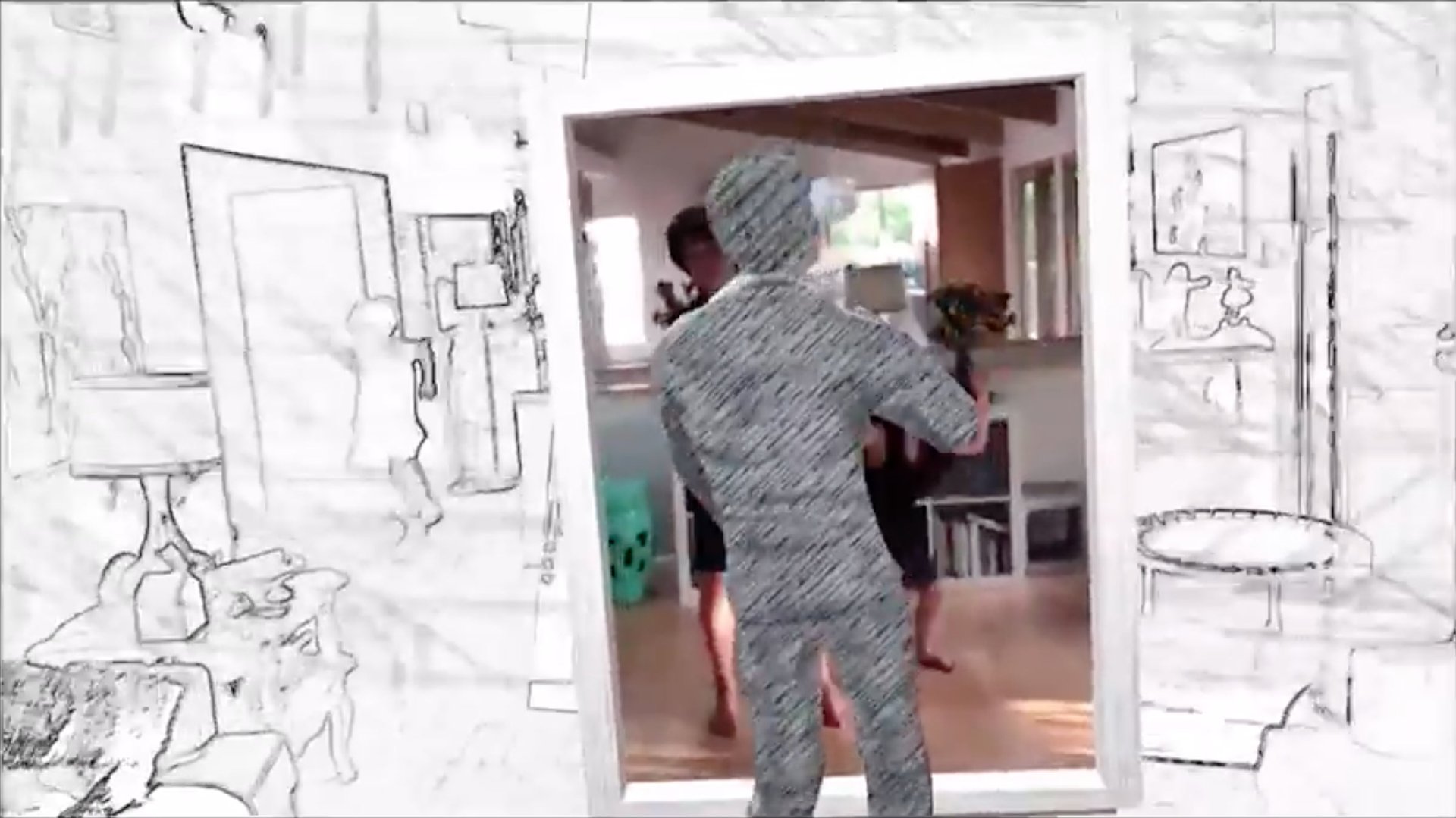Apple’s next iOS will make AR a legitimately cool thing
Later this year, Apple will release the latest version of its mobile operating system, iOS 11, for iPhones, iPod Touches, and iPads, and it may well cause you to question the very nature of reality.


Later this year, Apple will release the latest version of its mobile operating system, iOS 11, for iPhones, iPod Touches, and iPads, and it may well cause you to question the very nature of reality.
The operating system features a software framework called ARKit, which allows iOS devices to see and track the world through their cameras, and correlate that to the motion of the device. The result is that developers can now build augmented reality applications using the full power of the device they’re running on. And even though this new software is still in the testing phase, developers have started showing off some amazing demonstrations.
Here are a few examples of the sorts of things we expect to see everywhere in the near future:
Exploring new worlds
Many of the early demonstrations have revolved around the idea of using an iOS device as a “portal” to another world. This could look like recreating A-ha’s seminal “Take On Me” music video:
Or portals to futuristic spaceships:
Or even Ancient Egypt:
Digital pets
Now you’ll never be lonely again:
Never get lost
Instead of trying to figure out which way is which on Apple Maps, you could soon just open up an AR map that points to exactly where you need to go:
Altering the world
Rather like Harry Potter’s invisibility cloak, ARKit could help remove anything in your life that you’d rather not see—which may not be the best idea.
Perhaps instead, you could just paint over what you don’t like:
Gaming in real life
Every surface can become an engrossing, interactive game:
Or the world itself could provide you with the backdrop for your next game—think Pokémon Go, but without the massive battery drain:
Measuring becomes a breeze
Instead of finding the tape measure, just point your phone at every corner of a room to know exactly how big it is:
Or perhaps just use your room as a digital Ikea show floor (which the company is working on) to find out if that LACK table or BILLY bookcase will fit in your house:
Meetings that are actually interesting
iOS 11 will allow users to turn any surface into just about anything else. Here’s a demo of East London buildings superimposed on a digital table in the middle of an empty room. Imagine meetings where the presentations actually come to life:
Sales projections would be a lot more visually appealing:
These are all just demonstrations of what’s technically possible. Apple hasn’t yet said when it’ll unveil iOS 11, so Apple users won’t be able to download any apps built on this technology just yet. But these are exciting examples of what the future of computing might soon look like. Imagine if Apple is actually working on a pair of smart glasses that could support this same technology: the world might never look the same again.